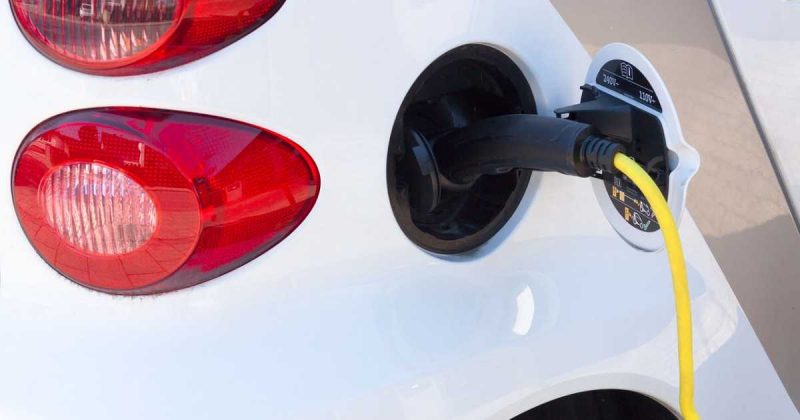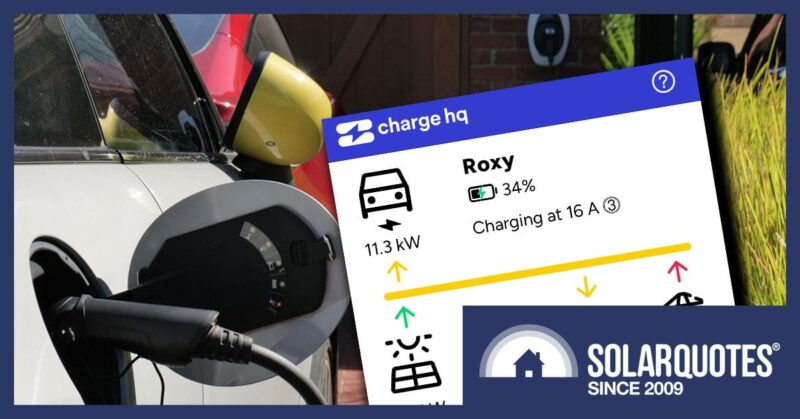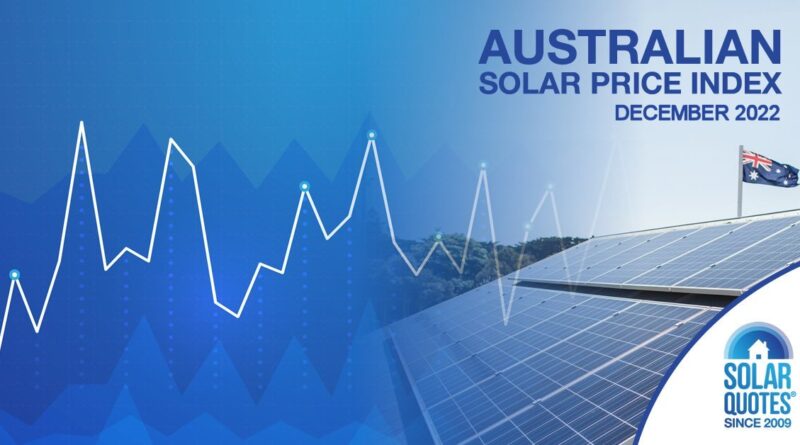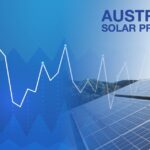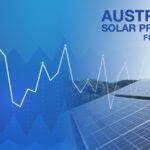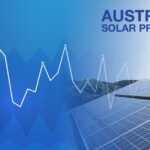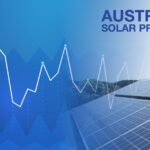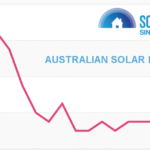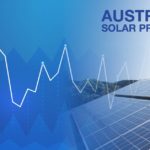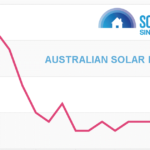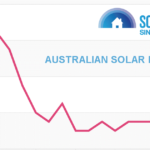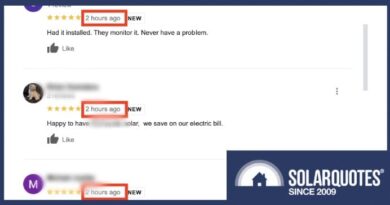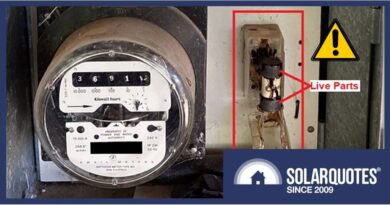Australian Solar Prices: December 2022 Update
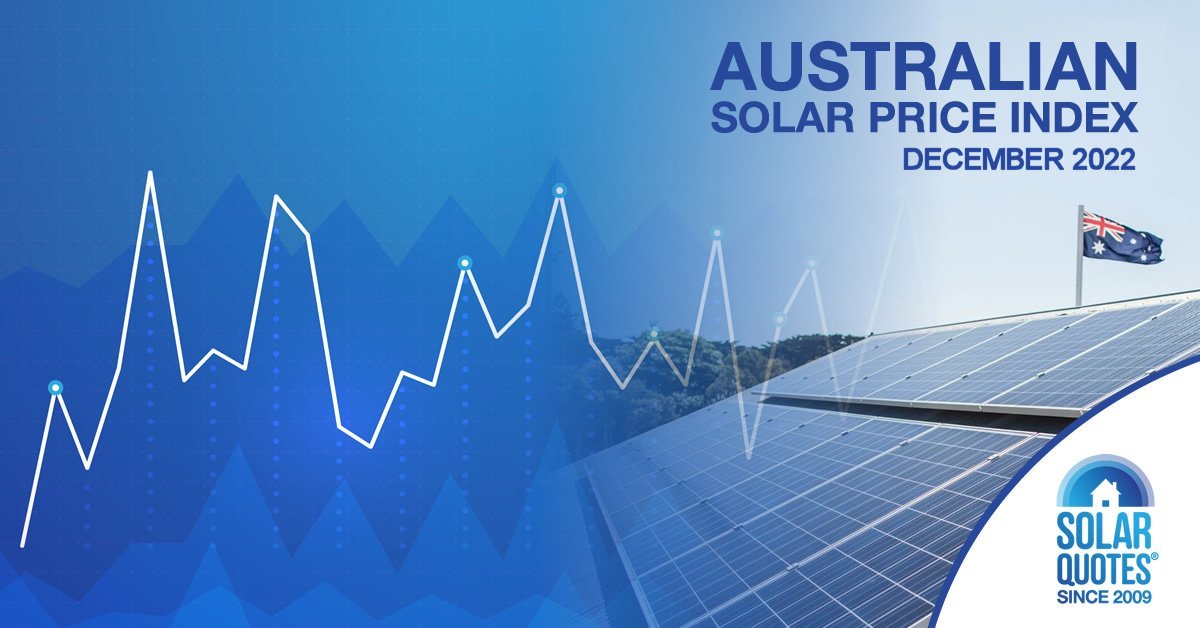
As Australians raced to buy rooftop solar panels in November 2022, how much were they paying on average for systems? Find out in SolarQuotes’ latest solar price report.
Solar system pricing movement was again a mixed bag in November. Based on information on costs supplied in 469 solar installer reviews as at yesterday covering sales contracts signed last month, only one state crept in under a dollar a watt installed including any rebates and subsidies – WA. Here’s how things are looking across the country at this point for November; compared to October 2022 and November last year.
| State | Cost per watt (November 2021) |
Cost per watt (October 2022) |
Cost per watt (November 2022) |
| QLD | $0.95 | $1.10 | $1.04 |
| NSW | $1.05 | $1.13 | $1.18 |
| ACT | $1.23 | $1.46 | $1.30 |
| VIC | $0.99 | $0.96 | $1.13 |
| TAS | NA | NA | $1.24 |
| SA | $0.96 | $1.08 | $1.03 |
| WA | $0.82 | $0.97 | $0.97 |
| NT | NA | NA | NA |
| AU | $0.97 | $1.08 | $1.09 |
The results for Victoria are interesting – a big jump there from $0.96 a watt in October to $1.13 in November. Note that new reviews with pricing information will continue to come in, so the figures above may change.
Cost Per Watt – National Averages
The following graph shows pricing history on a cost-per-watt basis across all system sizes nationally since December 2020. Australians are still paying significantly more for systems on a per-watt basis compared to back then. But regardless, cost vs. value makes rooftop solar a clear winner for Australian households wanting to slash their current electricity bills and buffer against further power price increases.
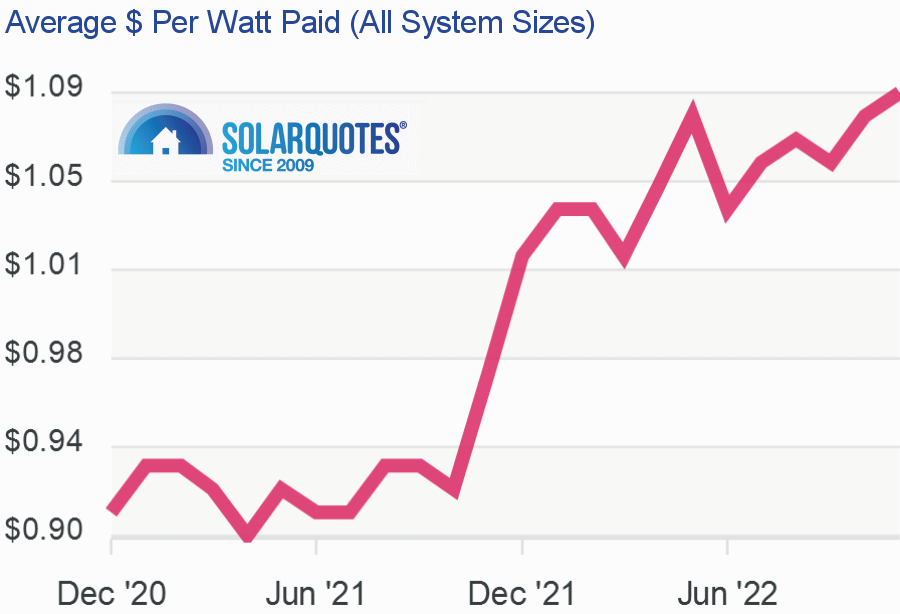
6.6kW And 10kW System Prices – November 2022
After three months of drops, average pricing for fully installed 6.6kW solar increased from $6,240 in October to $6,538 in November – the highest average so far in 2022. Again, this average includes all quality types, installation scenarios and after subsidies.
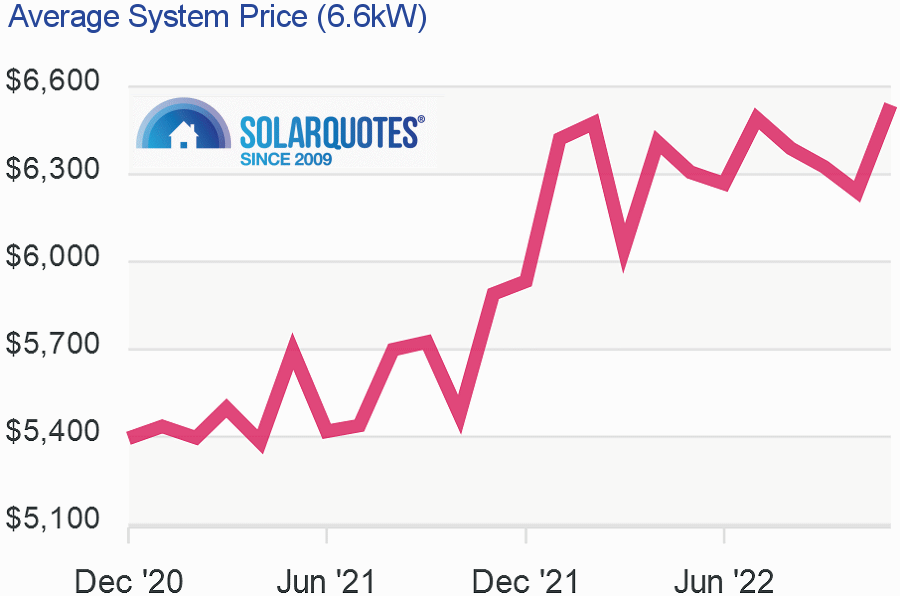
For 10kW solar systems, November’s average cost nationally was $11,046 at this point; also the priciest so far this year.
For more in-depth detail including stats on other system sizes, view SolarQuotes’ Australian Solar Price Index – it’s what this report is based on. Keep in mind the averages cover systems that run the gamut of quality; from the very iffy to mediocre; through to good, solid systems and those boasting top-shelf components installed by particularly fussy professionals.
Rebate Reducing, But Solar Power’s Value Remains
While the Solar Price Index won’t have an indicator of average December prices until early next month, something that may have an effect is the looming solar rebate reduction on January 1.
The national solar panel “rebate” that can knock thousands off the up-front cost of going solar is being phased out; gradually reducing when the calendar flips over to January each year. The level of rebate1 is partly based on installation date rather than purchase date. This means many quotes in December – and perhaps quite a few in November given demand – would have factored this in.
But even with the rebate reduction, home solar power will remain popular with Australian households seeking tiny electricity bills in 2023 after recent energy price hikes; and in the face of more on the horizon.
While the Albanese Government is taking action to soften electricity cost gut-punches, its Energy Price Relief Plan isn’t expected to bring down electricity prices from where they are now. The goal of the Plan is to reduce the amount they would otherwise increase by over the next year or so.
Something we can (hopefully) look forward to in 2023 is a reduction in the cost of hardware including solar panels, and this could narrow the gap in terms of the rebate reduction – but don’t hold your breath. If the up-front cost of buying a system remains out of reach for you and you’re dreading electricity bills to come, there are some solar finance options that can be useful.
Discover how much you could be saving on your power bills with rooftop solar panels using SQ’s solar (and battery) calculator.
Footnotes
- Not to be confused with feed-in tariffs, which are a payment for surplus solar energy exported to the grid once a system is installed.
Original Source: https://www.solarquotes.com.au/blog/solar-prices-dec22-mb2767/
